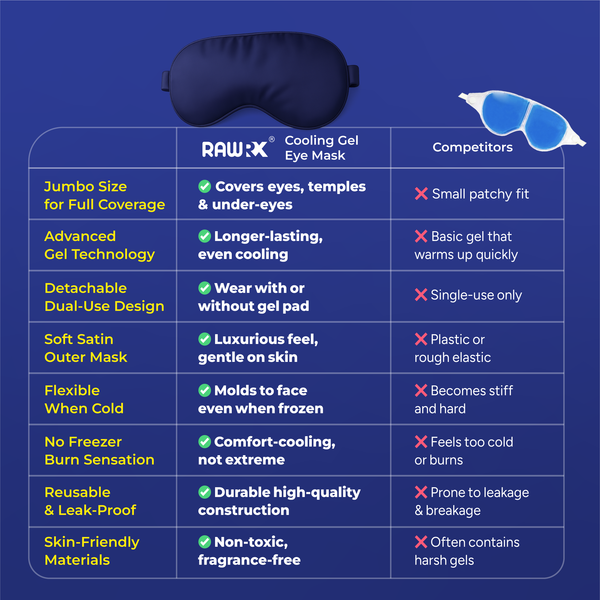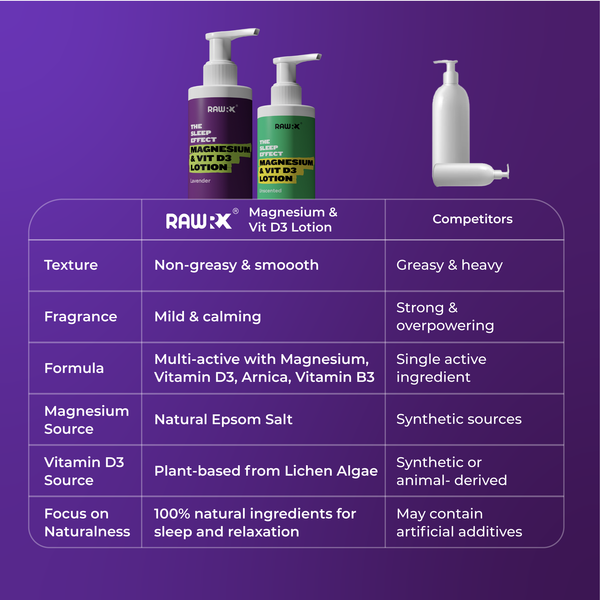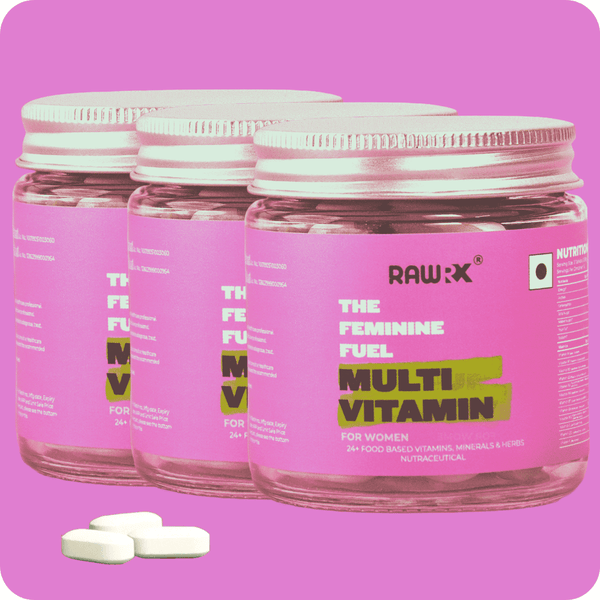Flax Your Diet
Flax Your Diet
Flaxseeds are the richest source of α-linolenic acid (ALA) and lignans. It is also a considerable potential source of soluble fiber, antioxidants and high quality protein.
Health benefits:
Eating just a few tablespoons a day appears to be two to three times more effective at lowering blood pressure than adopting an aerobic endurance exercise program (Cornelissen et al. #) (not that you shouldn’t do both!). Flaxseeds have proven to be an effective dietary intervention in the following conditions:
- Treatment of diabetes mellitus
- Reduction of cardiovascular diseases (CVD)
- Prevention of kidney diseases
- Prevention and treatment of obesity
- Natural treatment of bowel syndrome
Which form of flaxseed is most helpful
The bioavailability of ALA is dependent on the type of flax ingested (ALA has greater bioavailability in oil than in milled seed, and has greater bioavailability in oil and milled seed than in whole seed) (Goyal et al. #).
How to use flaxseeds
Flaxseed contains approximately 23 g ALA per 100 g (USDA 2010) and thus, the recommended dietary amounts can be obtained by consuming about 9 g of flaxseed per day.
Whether you buy flaxseeds pre-ground or grind them at home in a spice grinder, coffee grinder or blender, you can enjoy this nutty superfood in all sorts of ways.
Here are a handful to get you started:
- Sprinkle into oatmeal
- Shake into salads
- Add to smoothies
- Use as a binder in burgers
- Add to homemade crackers
- Use in your homemade energy bites
- Sprinkle on soups
- Use as a binder in baked goods
- Sprinkle on grain dishes
- Use as a thickener in sauces


























































